blog
Interview with photographer Aaron Turner
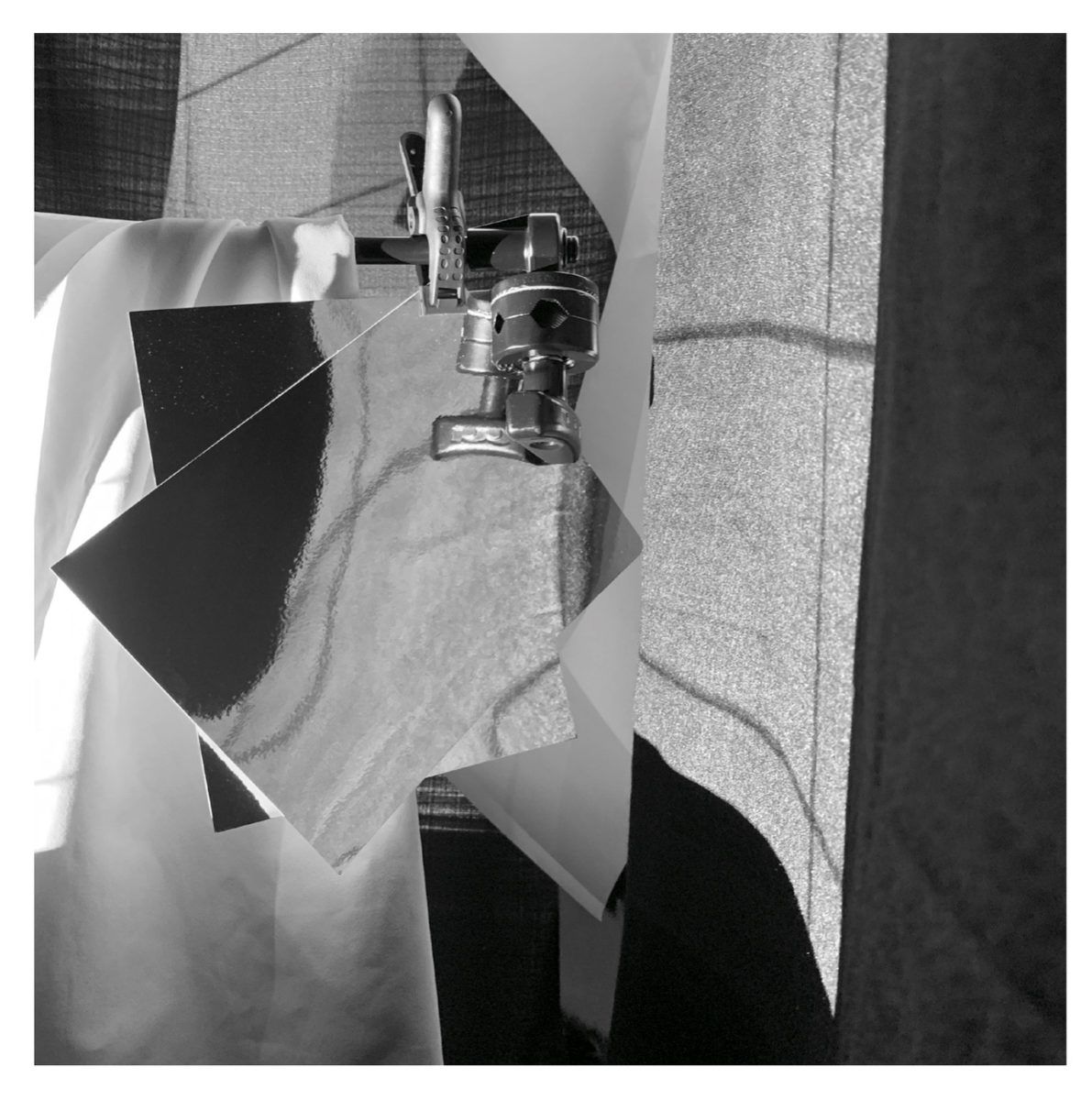
Study #2: Untitled (thinking about Agnes), 2020 © Aaron Turner
Aaron Turner is an Arkansas based artist and educator. He uses photography to pursue personal stories of people of color, in two main areas of the U.S., the Arkansas and Mississippi Deltas. Aaron also uses the view camera to create still life studies on race, history, blackness as material, and the role of the Black artist. His awards include a 2018 Light Work Artists-in-Residence, 2019 EnFoco Photography Fellowship, and 2020 Project Space Residency at the Visual Studies Workshop. He is also the coordinator of The Center for Photographers of Color (CPoC) at the University of Arkansas School of Art and host of the Photographers of Color podcast. His work is featured in the February/March 2021 issue: The Constructed Image.
Cary Benbow (CB): Whether you call it ‘lens-based’ media, or photography, or visual storytelling – there are so many ways to express oneself in a 21st-century world — how did your personal style of photography become your choice of expression?
Aaron Turner (AT): For me, photography has an expansive definition. I consider photography to include anything that investigates a pictorial space. Photography can be video, film, animation, cinematography, moving or still images, and I look at it all for inspiration.
Photography became my choice of expression through repetition, I feel. I grew up always looking at the Sunday newspaper comics and every image I could view within it. As an undergraduate student, my major changed several times before landing on journalism. After pursuing that for a while, I began studying and making art. From there, I just did what came naturally. I always kept in mind that I wanted to be in conversation with other image-makers or artists that I was influenced by but still wanted to be as unique as possible.
CB: In your opinion, what makes a good photograph? How do you decide when something you create meets or exceeds your expectations?
AT: I think “what makes a good photograph” is the great debate because everyone has their own opinion. I think that question is the whole argument and relationship my generation has with the history of photography, at least from a holistic perspective. In our formative years, the narrative presented to us is presented as A-Z of the best and the only thing that should be the standard. We know that isn’t the case, thanks to groups like the Kamoinge Workshop. There have been many pictures left out of the historical narrative of photography, so the full consideration of what is good is not there yet until everything or more is considered. What makes a good photograph is what speaks to you personally as an individual. When I teach, I continually ask my students what they are interested in because liking what I like isn’t going to make them better artists.
In my studio practice, I operate in the discursive mindset. Meaning, I’m always thinking and considering the art that came before me. What art currently exists, and what is to come in the future? Art by my peers and fellow artists of the past and future. So I’m always thinking about my work in terms of its expectations concerning the history and the present. I view what I create as an ongoing conversation. I feel that expectations are never met. The work is never done. There is always more to do, explore, experiment with, and see from a different perspective. There are still other questions to pose or answer.
CB: How do you describe your photography to someone who’s not familiar with it?
AT: To someone not familiar with my work, I’d describe it as building a physical representation of my internal monologue about abstraction, race, history, and my response to found artifacts in the studio, using the past and present to talk about the future.
CB: Who are the people that appear in your photographs? What is your process to construct these images and what informs your decisions?
AT: The people in my photographs are my family, recognizable and unrecognizable historical figures, and sometimes totally unknown. All the people in my pictures serve as a stand-in for something I’m trying to express emotionally, intellectually, visually, historically, and so on.
My making includes using a 4×5 view camera, and from there, it’s about intuitive decision making. What are the things I can’t stop thinking about? The faces, the generalized historical narratives and understandings of specific movements and individuals, childhood memories, and the what-ifs. What if I put this and this together? What would it look like then? I’m also interested in how the camera records different materials and reflective surfaces as metaphors for the constant reflecting I do and try to address in my work. Also, the history of abstraction informs a lot of what I do, particularly Black artists who use abstraction. I continuously refer back to Frank Bowling’s article on Why It’s Not Enough to Say ‘Black Is Beautiful, published in 1971.
CB: Is your work more about your personal experience, or do you feel it translates well to other people’s experiences or lives?
AT: I think my work is definitely about my personal experience because I’m always speaking from my perspective on things. But I do think it translates to others and their life experiences. That’s one of the main interests in my work, hearing and understanding someone else’s perspective on things that I present visually. Pictures of all kinds generate varied reactions for us all, and that’s what I’m most interested in talking about. I also make aesthetic choices to place my images in a speculative conversation. What does our future look like? What are other visual options we can explore? So whether you know the historical figures in my work or not, you can start to identify with the formal aspects first and go further into the specifics.
CB: Do the events of 2020 and the impact of the Black Lives Matter movement change the way you consider or view these images? Or to phrase it differently… did you approach your work or consider its contextual meaning in a vastly different way prior to recent socio-political events?
AT: Neither the events of 2020 nor recent socio-political events changed how I view my images or change their context personally. It may have done that for other people, but not me personally. The intent for my work has not changed for me.
My work is always dealing with the past to call attention to history repeating itself. Every single thing we are dealing with now has happened in the past, in one way or another. Did we consider the past enough to avoid our present-day repetitive actions? Maybe not. That is why I choose to stay in the archive because answers have yet to be explored and realized. Many books about past movements from art and culture are being published now. That is just the tip of the iceberg. The past is under constant evaluation.
In my personal everyday life, I was already concerned with what is now in the mainstream, even before becoming an artist. Being an artist has allowed me to go from it not only being daily experiences to asking how can I turn this into something different visually then take it back to the original problem or question on a practical level.
CB: You’ve spoken about Roy DeCarava as an important influence for you and your work. (‘A Photographic Life’ by Grant Scott: What Does Photography Mean to Me?) How does his work or the impact of his work inform your own creative process?
AT: Roy DeCarava is very important, and this is precisely what Ansel Adams said in his last interview after being asked about contemporary photographers of that time.
I love the intentionality behind DeCarava’s work. And you can see that in the pictures. DeCarava was committed and uncompromising about depicting Black people’s strength, wisdom, and dignity. He believed in a creative expression and an insight that only a Black photographer could provide. He wanted to bring a heightened awareness of heritage to the Black communities he was photographing. All expressed in his own words in one of my favorite texts about his work, Roy DeCarava: a retrospective (1996) published by MoMA.
I often refer to this text to other photographers, and I often look at it as a constant reminder and motivator. His work informs the intent, self-awareness, and integrity I want to express through my photographs.
CB: What other important artists/photographers would you list as influencers or inspirations?
AT: Some other artists I’d list are Latoya Ruby Frazier, Carrie Mae Weems, Leslie Hewitt, McArthur Binion, Mel Edwards, Erin O’keefe, Alma Thomas, Jennie C. Jones, Glen Ligon, Barbara Kasten, William T. Williams, James Little, James Henkel, Rico Gaston, Howardina Pendell, Byron Kim, Eileen Quinlan, Sonja Thomsen, Dawoud Bey, David Hammons, and Kerry James Marshall.
CB: Let’s talk about the idea of a photographer as publisher or curator – do you feel it is equally important to support and promote the work of others in addition to the work one makes for themselves?
AT: I’ve always enjoyed looking at others’ work more than my own. When I was pursuing photojournalism, I ultimately wanted to be a photo editor to be in a position to share the vision of other photographers.
A few months ago, Carrie Mae Weems gave a lecture at the Race, Activism and Photography symposium organized by The Center for Photography at Woodstock. She talked about embracing other artists’ influence on what we do as individual artists. And that is why Weems is one of my primary inspirations. She even made a film about Roy DeCarava in 1982. Over the years, Weems has consistently interviewed other artists and featured them in collaboration with her work or other projects that she has curated and organized.
That’s the example I’m taking note of. And something I naturally like to do. It’s essential to promote other artists’ work and help foster collaborations or conversations between artists. We can’t do it alone.
CB: Do you see your role/function with the CPoC collection as that of a curator or archivist? Or do you feel you lean more to one side versus another?
AT: Many people use the terms curator and archivist to describe my role with CPoC, but I like the term ‘aggregating’ more. I’m bringing together many thoughts, perspectives, and opinions to create a more extensive dialogue and to foster community. I enjoy archives for my work and understand historical narratives in general, but I don’t lean towards one side of the other when it comes to CPoC. I just happened to be interested in many different things to pursue one goal. I don’t want the narrative of art or photography to be incomplete, as it has been for so many years.
CB: What made you decide to form the Center for Photographers of Color collection, and/or the Photographers of Color Podcast?
AT: Community. That’s the main reason. Starting in art and photography, I didn’t know many artists of color, so I wanted to connect with and connect them with each other. I like making connections between artists’ work and putting them in the same space to create a dialogue between the artists themselves and the public. I also enjoy reading artist Q&A’s and attending artist talks. Being able to hear the artists talk about their work in their own words is invaluable. That’s why I like to interview other artists.
CB: Earlier you mentioned considering a career as a photojournalist; What drew you to that initially, and why did you decide to go the route you’ve taken thus far?
AT: I was in the visual communications M.A. program at Ohio University from 2014 – 2016. I studied photojournalism, and I’m so thankful for this experience because it helped me figure out what I wanted to do. Towards the end of my time at Ohio University, I was already thinking about becoming a photo editor instead of a daily photojournalist. I wanted to be on the side of things where I could get my colleagues’ work out into the world. My classmates’ visual stories at the time, and still to this day, were so compelling to me. I really liked understanding other photographers’ interest and their niche skill set for storytelling. I’d see stories published in specific geographic locations where an outside photographer was brought in. I’d say to myself; I would have hired this photographer who lives in the same area to cover that. That was my interest at the time. And still why I like looking at and keeping up with what’s happening in that field.
A specific thing that happened to me was coming across Latoya Ruby Frazier’s work. Her body of work, The Notion of Family, changed my view on photography and specifically the genre of documentary photography. Frazier photographing her own family drew me to the work because I was trying to do the same thing. I then came across Hank Willis Thomas’s work and the various ways he used photography and embraced other mediums. I thought I’ll never be able to do this as a photojournalist, so I decided to pursue art. It was a better path for me overall.
I love looking at other people’s work. I found photographers existing in the in-between space of art, journalism, editorial, and even commercial space of photography. Most of them had MFA and BFA degrees, and not that the degree matters in specific contexts, but it showed me that this was the field I was going to enter. I was coming in trained as a journalist, and others were coming in trained as an artist, and we were competing for the same jobs. It’s about the work, and interest and the unique perspective one brings. Now I see many people don’t even like the term photojournalist or documentary photographer or even photographer when it comes to self-labeling. And the editorial/journalism space is all mixed up with many different people using photography, and things are so blurred now. What I see being published today would not have been the case even back in 2014 when I first started pursuing journalism as a career. It’s exciting to see.
CB: What advice would you give to someone who wants to take on projects like yours?
AT: I wouldn’t encourage anyone to take on projects like mine. I’d encourage them to be self-aware and embrace their interests because that’s what makes them unique and a valuable contributor to the community of art and photography. I’d ask them what universal relevant societal problem their work can potentially solve or bring awareness to with the work they make or want to make, and keep pursuing it until they get there and beyond. I’d ask them what they want to say, what’s at stake, and their objectives?
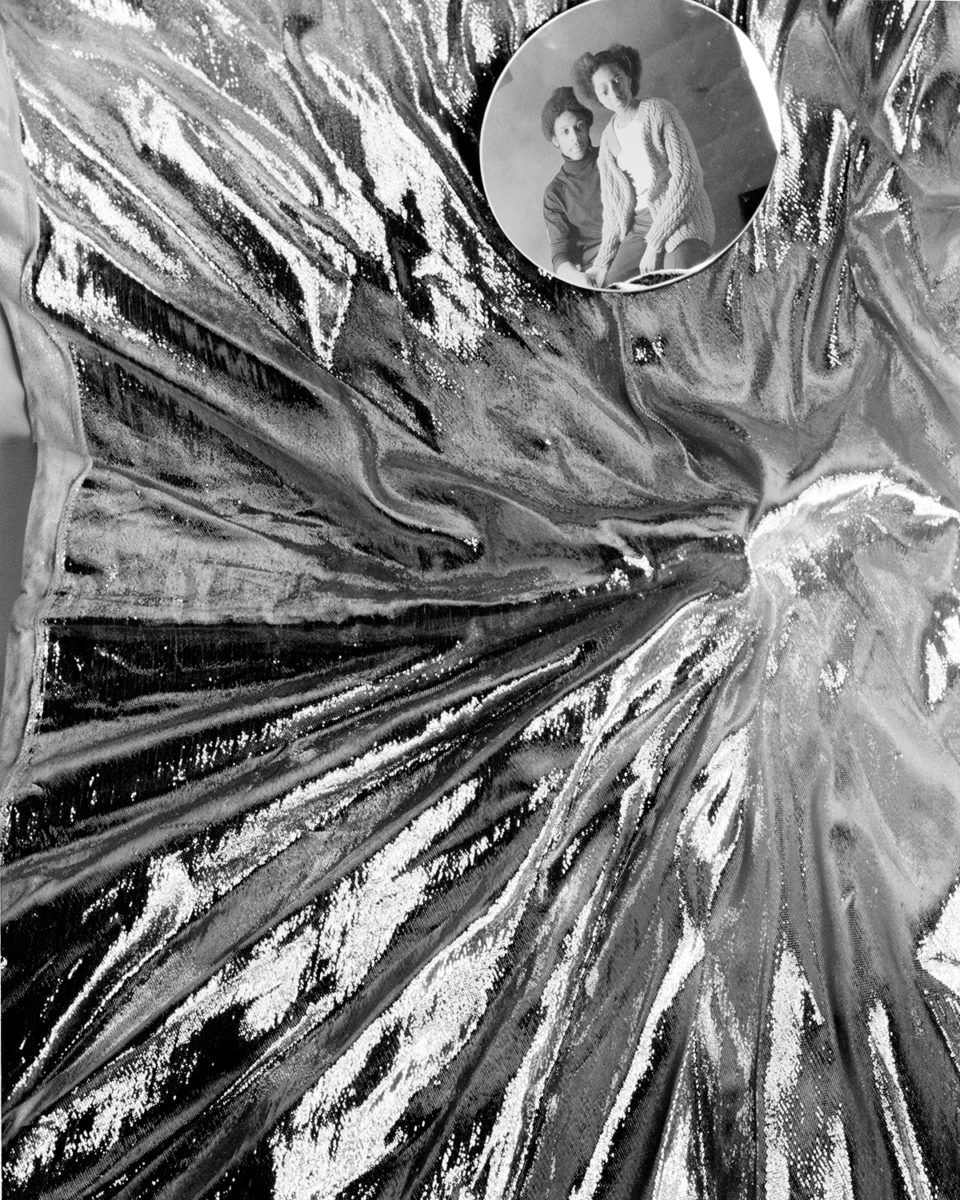
untitled (lovers rock), 2015 © Aaron Turner
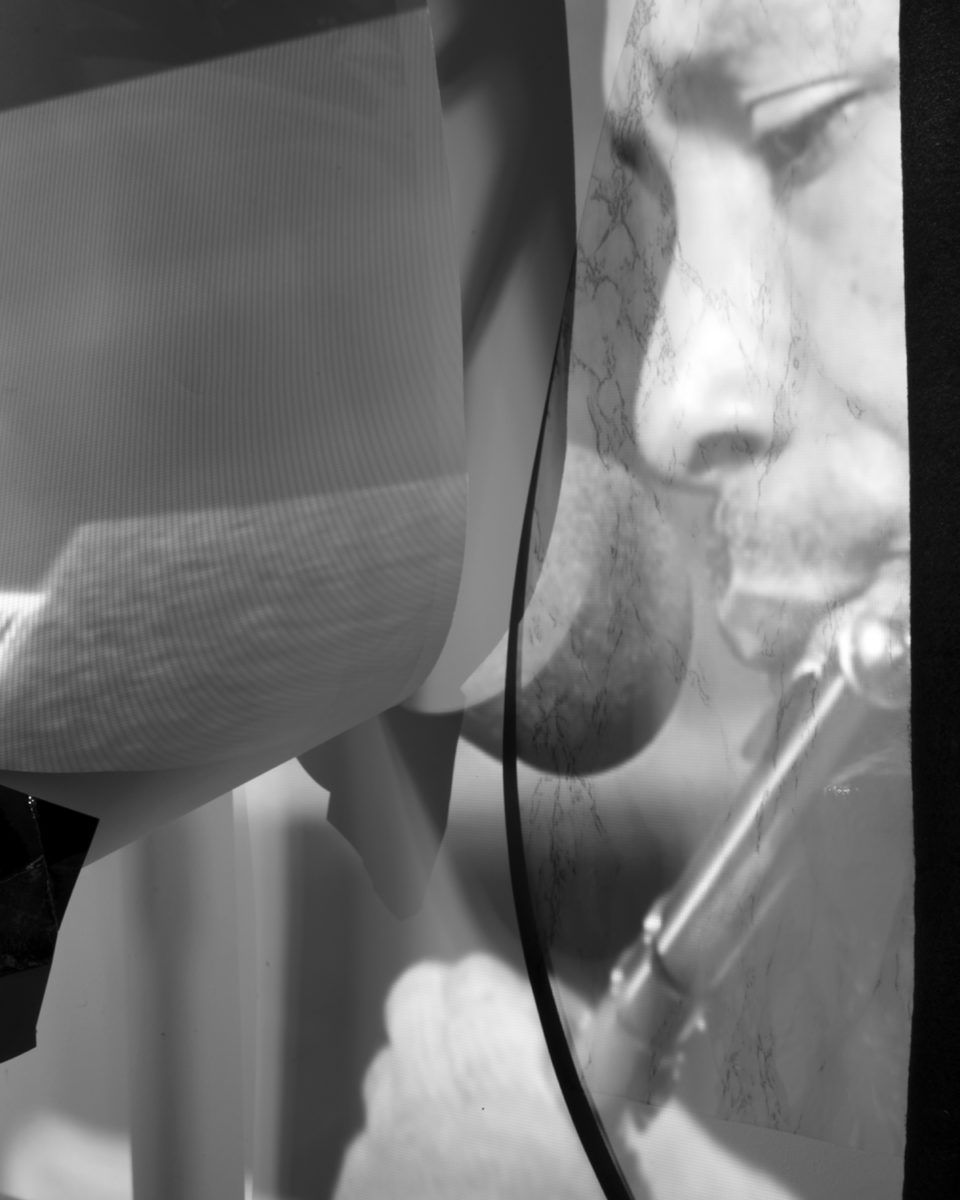
The greatest, 2020 © Aaron Turner
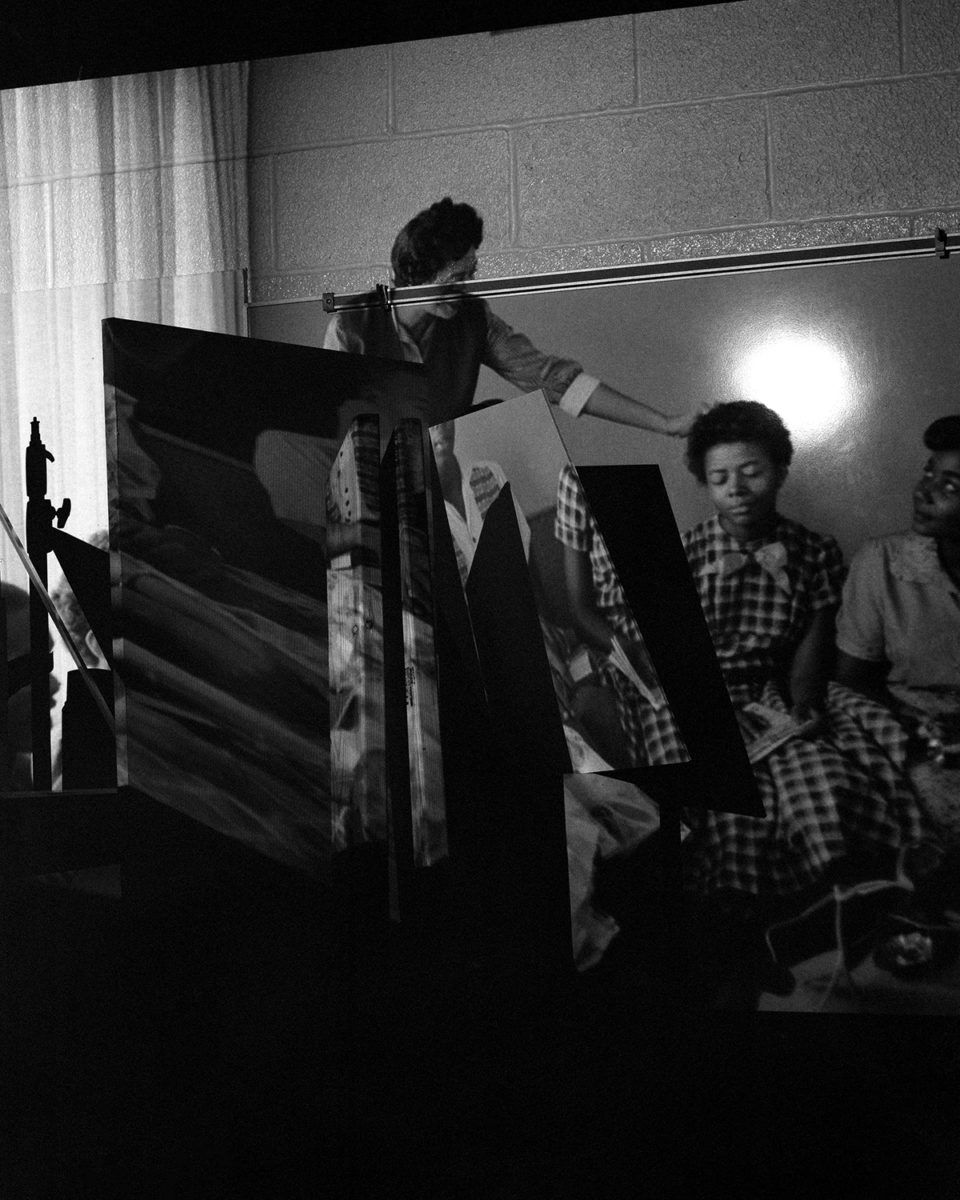
Shift: History at Play #2, 2020 © Aaron Turner
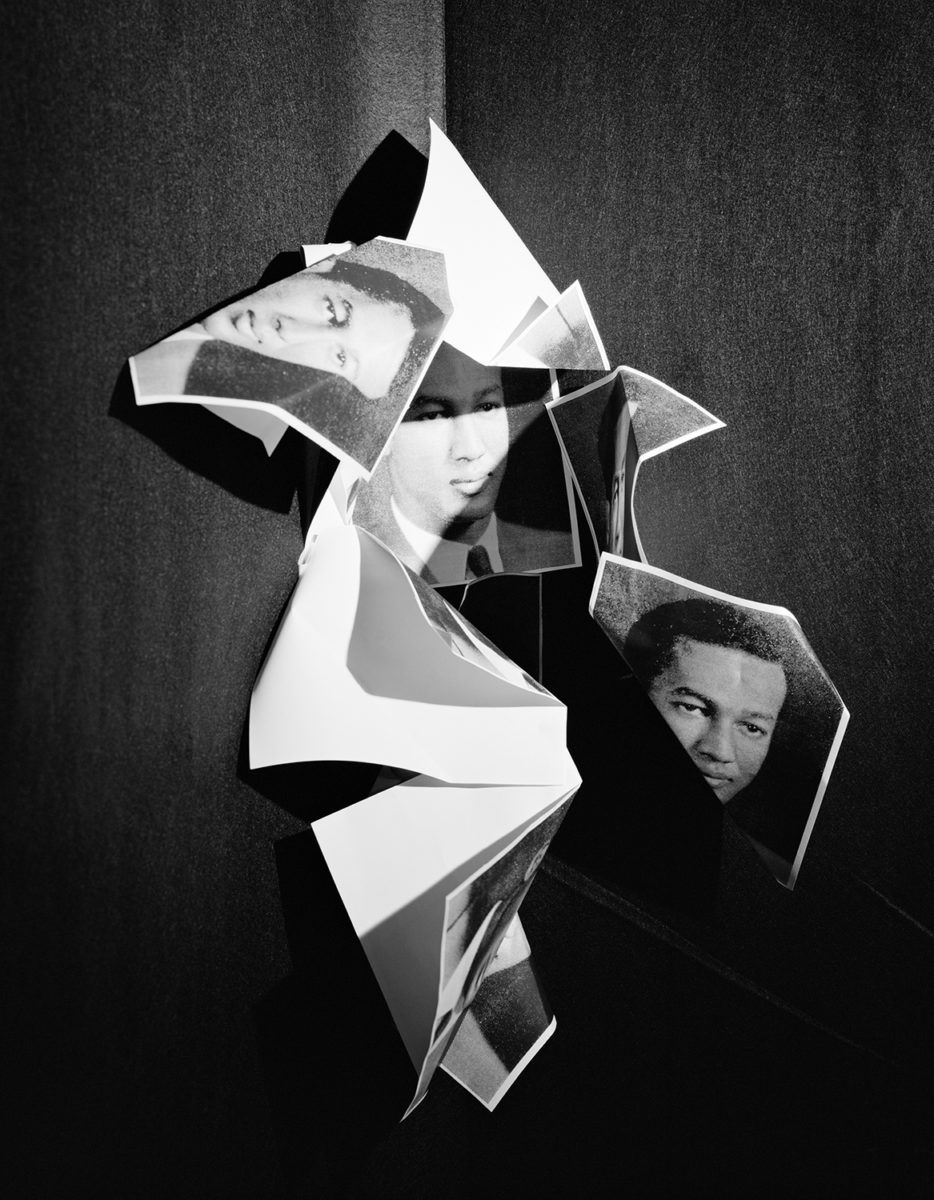
Looking at Drew King, 2018 © Aaron Turner
Location: Online Type: Featured Photographer, Interview
One response to “Interview with photographer Aaron Turner”
Leave a Reply
Events by Location
Post Categories
Tags
- Abstract
- Alternative process
- Architecture
- Artist Talk
- artistic residency
- Biennial
- Black and White
- Book Fair
- Car culture
- Charity
- Childhood
- Children
- Cities
- Collaboration
- Community
- Cyanotype
- Documentary
- Environment
- Event
- Exhibition
- Faith
- Family
- Fashion
- Festival
- Film Review
- Food
- Friendship
- FStop20th
- Gender
- Gun Culture
- Habitat
- Hom
- home
- journal
- Landscapes
- Lecture
- Love
- Masculinity
- Mental Health
- Migration
- Museums
- Music
- Nature
- Night
- nuclear
- p
- photographic residency
- Photomontage
- Plants
- Podcast
- Portraits
- Prairies
- Religion
- River
- Still Life
- Street Photography
- Tourism
- UFO
- Water
- Zine

Amazing interview. Very inspiring.